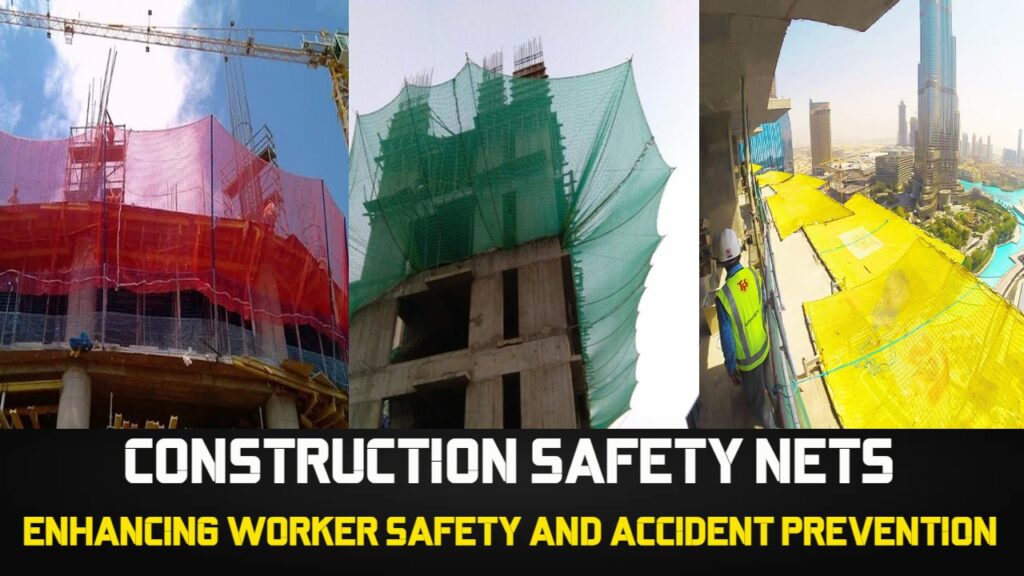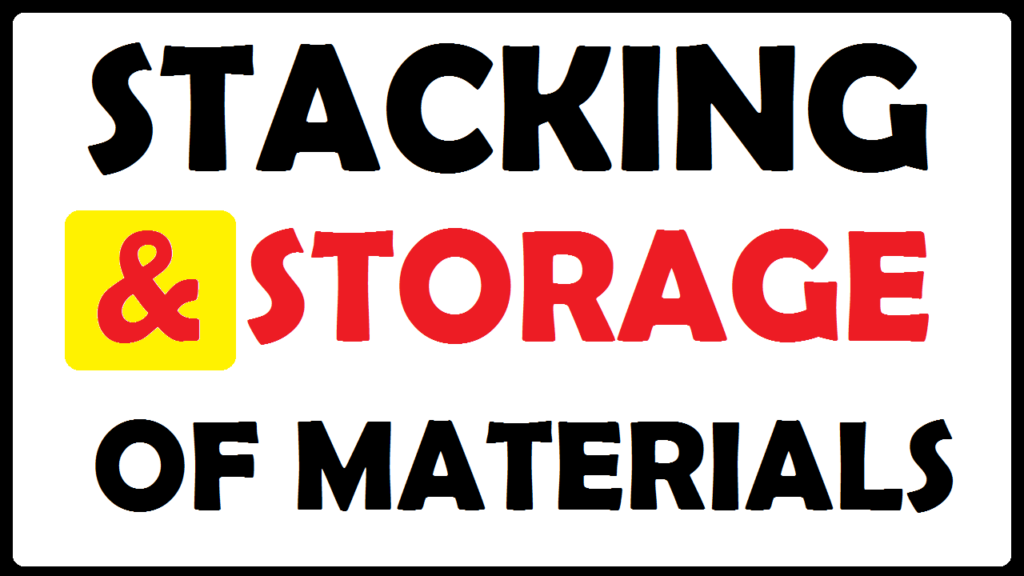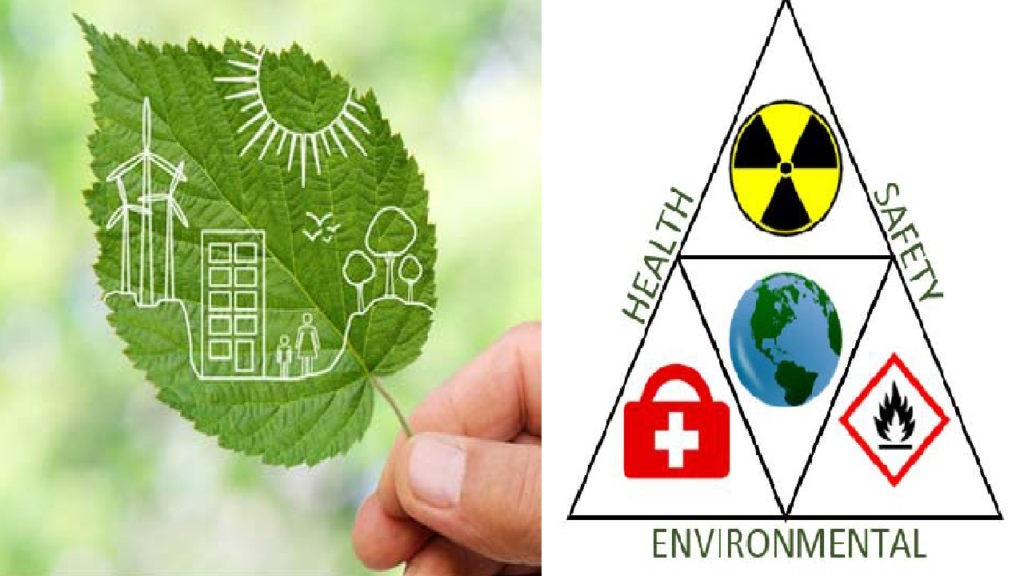Safety Precautions Taken in Slipform Work
In this post, I am going to explain to you What Safety Precautions Taken in Slipform Work at Site.
GENERAL
- Wearing a safety helmet by all will be imperative.
- Preferably one entrance will be there to enter the structure.
- The entrance will be sheltered to a length of 5 meters, from outside the structure so that entrants will be saved from falling objects.
- Barrication will be there around the structure to a distance of 10 meters.
- A minimum number of workmen will be deployed on the platform and as far as possible have them scattered.
- SMOKING IS PROHIBITED on the platform.
- Fire extinguishers will be kept on the platform and the distance to reach a fire extinguishers will be max. of 25 meters.
- Safety posters and caution boards will be displayed on the platform and at ground level.
PLATFORM
- The working platforms will be checked by a competent person, for its stability and reliability.
- Platforms will have a handrail and toe board.
- The recommended size of the plank is 1800 x 250 mm width x 50 mm thick – preferable variety is hardwood, for the working platform and hanging scaffolds.
- Both inside and outside hanging scaffold platforms will be covered with safety nets.
- Access ladders will be provided to access the top platform and hanging platform.
ELECTRICAL
- All electrical equipment will be earthen.
- Earth leakage circuit breaker (ELCB) will be fixed.
- The electrical cable will be neatly traced along with the platform and handrail.
- STACKING AND STORAGE OF MATERIALS
- Design and Construction Of Pile Foundations
- Evolution of Retaining Structures
- Glossary Relating To Bitumen And Tar
- Aluminium Formwork Refurbishment
- Safety For Hydraulic Tensioning Jacks
- Methodology of Post Tensioning Work
- Properties of Prestressing HT Strand
- Losses in Pre Stress due to Elastic Shortening
- Jack Pressure for Single and Multi Pull Stressing
- Elongation & Modified Elongation in Prestressing
- Prestressing Materials Management at Site
- Prestressing : Definitions | Advantage | Application
Click For Civil Engineering Tutorial Videos
REINFORCEMENT GANG
- An experienced and designated operator for winch operation will be deployed.
- The access to pick the rebar from the winch bucket will be safe and easy to reach.
- Rebar will be uniformly distributed on the platform and they will be placed on sleepers such that the load is transferred to the spider beam and not to the planks.
- The quantum of RF rods stacked will not be more than the requirement of a shift.
HOUSEKEEPING
- Housekeeping on the platform will be maintained stringently. No material will be dropped from a height.
- The shutter cleaning gang will be instructed to clear the platform at the end of the shift and the collected debris will be brought down.
- Bit rods cut by gas cutter or electrode bits generated by welders will be collected by the respective helpers and brought down at the end of each shift.
Safety is everybody’s business. Slipform in-charge, in co-ordination with site safety engineers, should conduct safety demonstrations/meetings.
- Daily pep talk.
- Weekly safety meeting for staff, departmental, subcontractor and other workmen.
- Fire extinguisher demonstration.
- Check on all safety appliances.
PLANT & MACHINERY
- Trial run for all plant and machinery before starting slip forming.
- Operators for all machinery and training the operators.
- Sufficient spares to run the machinery on a continuous basis.
- Mandatory safety checks on machinery.
- Back up in case of breakdown.
- Maintenance record for machinery duly checked and countersigned by the concerned staff and operator.
GENERAL SAFETY
- Toeboards.
- Tying of safety nets.
Hand Rails
- Fire extinguishers (DCP) at top and bottom.
- First aid box at top.
- Emergency lights.
- Safety signboards.
- Protective shed.
- Prevent overloading of safety nets. Periodic cleaning is necessary.
- Wind protection cloth.
- Safety belts, safety helmets, goggles and gloves to be used properly.
- Proper Earthing for lights (ELCB)
- Proper illumination at the top as well as around the slipform structure.
- Built in safety systems in the equipment to be tested.
- Lightening arrestors / Aviation lamps wherever required.
Plywood
Plywood is an important commodity that plays a key role in the formwork both in terms of quality and cost (10-13% of formwork cost). The finish of the concrete surface where plywood is used as sheathing members is purely dependent on the quality of the plywood. Plywood is a manufactured wood made up of thin sheets of woods and compressed together with a glue that gives higher strength when compared to normal wood. The Indian government has put stringent rules for cutting wood which has initiated the local ply manufactures to import the logs (poplar and birch wood) from various foreign countries for the production of plywood. The performance of the plywood (for formwork application) is mainly based on the glue which they use for binding (mostly wood species used by all the manufacturers are common).
Plywood shall be tested at site premises before accepting it. The testing facilities are established in all major projects. In case if the same is not available respective site representative can contact the Cluster BSCC in charge for extending the support.
Plywood procurement is centralized in order to deliver a quality product to the projects at a competitive rate.
Plywood request format shall be filled and sent to the respective cluster BSCC in-charge for clearing the procurement. Cluster BSCC in-charge will, in turn, take concurrence from Head BSCC. Now about 60 to 70% of the plywood requirements for the projects are serviced from china and the following are the details pertaining to the same
Item Code – 765610020; Repetitions – 8 to 10; Price – approx 20% cheaper than domestic ply; Delivery period – 60 to 65 days
- Slipform – Slipform Planning at Site
- Labour Productivity Norms in Slipform
- Dismantling Procedure of Slipform
- Slipform Reinforcement Schedule Planning
- Assembly of Stair Tower for Slipform
- Assembling Procedure of Tapering Slipform
- Assembling Procedure of Straight Slipform
- Classification Of Slip Form Work
- Design Considerations of SlipForm
- Evolution of Slip Form Now a Days
TEST PROCEDURE OF PLYWOOD FOR FORMWORK
Boiling Water Test
Sample
The plywood sample should be of size 250 mm x 100 mm. This should be cut at random locations from the plywood lot received. Each lot received should be sampled & tested separately.
Apparatus
Accelerated curing tank normally used for concrete specimens. Available with leading concrete test equipment manufacturers like ASEW – Delhi, AIMIL, HEICO or LYNX.
Procedure
- Fill the accelerated curing tank with water and set the thermostat at 100 degrees Celcius.
- Take three samples (250 mm x 100 mm each) from each lot received per brand per supplier. Mak them for identification.
- Place the marked plywood samples in the water.
- Initially the samples will float around.
- Close the accelerated curing tank lid.
- Switch on the accelerated curing tank and allow the plywood sample to remain inside boiling water for at least 8 hours.
- Open the lid after 8 hours of boiling, take out the samples and put them in to a normal water tank so that it cools to room temperature by quenching.
- Observe the plywood for defects as listed in reporting.
Reporting
The possible defects are as follows,
- Blister – A bulge on the surface due to a separation of the constituent plies or veneers, usually at a glue line.
- Curl, Warp – Distortion due to stresses causing a departure from a true plain.
- Swell – Excess change in thickness.
- Delamination – Separation of plies or laminae through the failure of glue.
All the above defects create a problem when using the plywood and hence accept only plywood which does not show any one of the above defects after the boiling water test.






